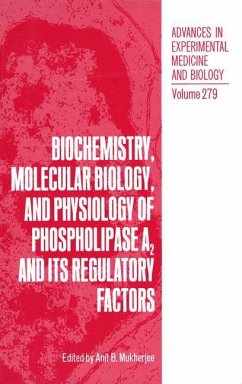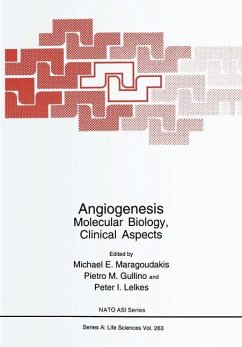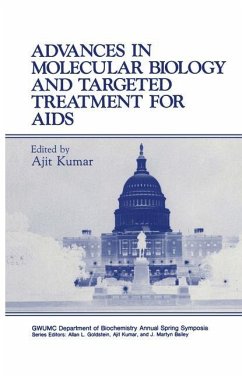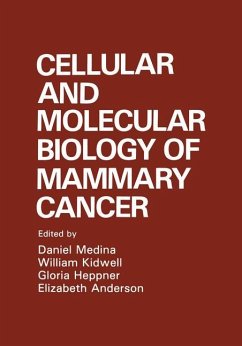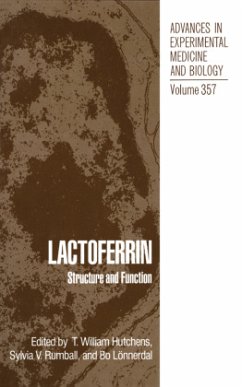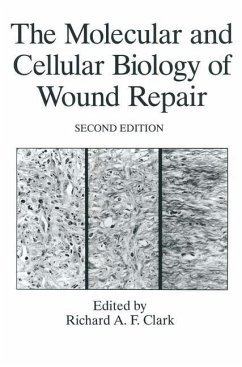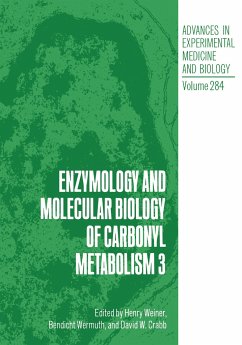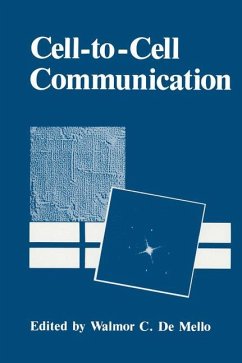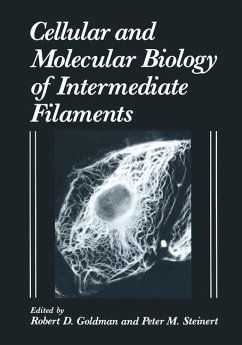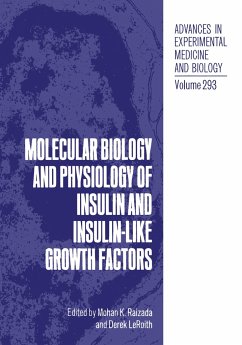
Molecular Biology and Physiology of Insulin and Insulin-Like Growth Factors

PAYBACK Punkte
39 °P sammeln!
This volume addresses a fundamental puzzle in biology and medicine, namely, how does tissue develop, repair and replace itself. The answer appears to lie in growth factors and their regulation. To thrive and survive we need growth factors and this book concentrates on two factors that are related to growth hormone. Growth hormone does not act directly on all tissues, but mediates many of its actions through the release of insulin-like growth factors from the liver. The growth factors were originally called somatomedins by McConaghey and Sledge (1), who discovered that they mediated growth-like...
This volume addresses a fundamental puzzle in biology and medicine, namely, how does tissue develop, repair and replace itself. The answer appears to lie in growth factors and their regulation. To thrive and survive we need growth factors and this book concentrates on two factors that are related to growth hormone. Growth hormone does not act directly on all tissues, but mediates many of its actions through the release of insulin-like growth factors from the liver. The growth factors were originally called somatomedins by McConaghey and Sledge (1), who discovered that they mediated growth-like effects of growth hormone. However, the factors were purified on the basis of their insulinomimetic actions on fat and muscle and it is their relationship to the insulin family of pep tides that now gives them their name (2,3) of insulin-like growth factors (IGFs). They mediate the actions of. growth hormone on the proteoglycan synthesis of cartilage and produce mitogenic effects in fibroblast cultures.



